Adventitious or adventitial bursitis refers to inflammation associated with adventitious bursae.
Adventitious bursae are not permanent native bursae. They can develop in adulthood at sites where subcutaneous tissue becomes exposed to high pressure and friction.
On this page:
Clinical presentation
When present in the foot, patients may present with metatarsalgia 6.
Pathology
It is thought to develop secondary to chronic microtrauma and shearing forces exerted on the subcutaneous tissue of the plantar forefoot 7.
These begin when pre-existing small fluid spaces coalesce in loose connective tissue. The walls then progressively become differentiated from the adjacent connective tissue and a well-defined fluid-filled cavity is formed, which is lined by synovium-like columnar cells. Unlike permanent bursae, they lack a mesothelial lining.
Location
-
foot and ankle region: typical site and usually adjacent to bony prominences
medial eminence of the first metatarsal head
towards the plantar aspect of the metatarsal heads
overlying amputation stumps 3
Radiographic features
Ultrasound
A region of superficial swelling with a fluid (anechoic) tract corresponding to friction sites in typical locations can be seen.
MRI
May demonstrate an ill-defined lesion located in the subcutaneous fat. Typical signal characteristics are that of fluid:
T1: low signal
-
T2
high signal
may have intralesional string- or band-like low-signal structures


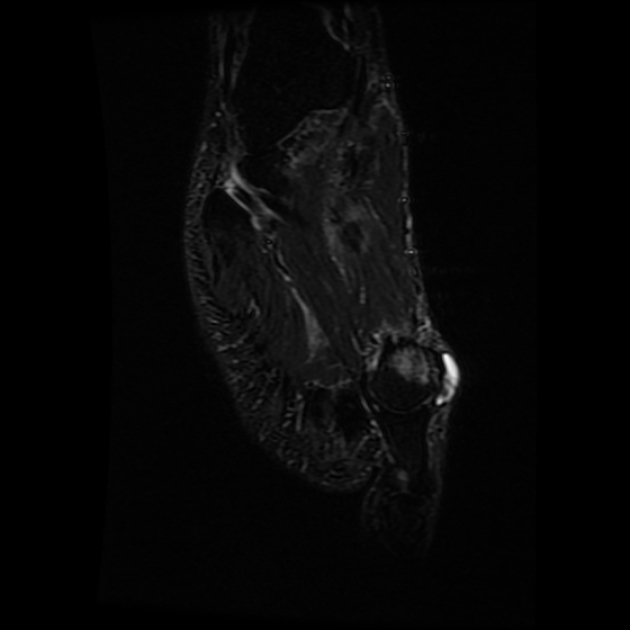
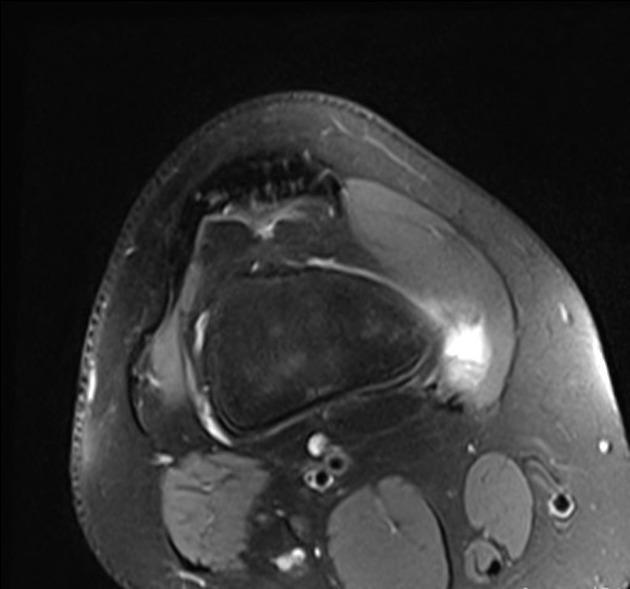
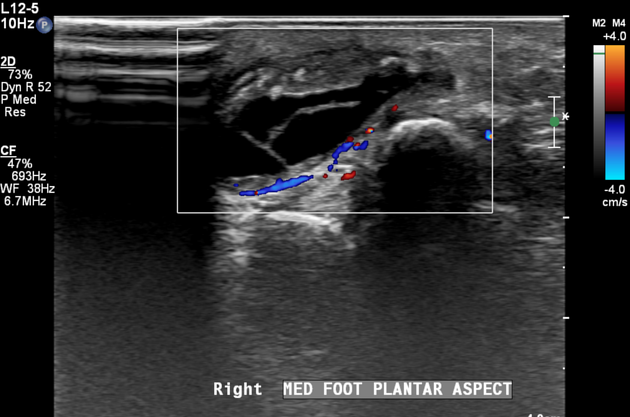
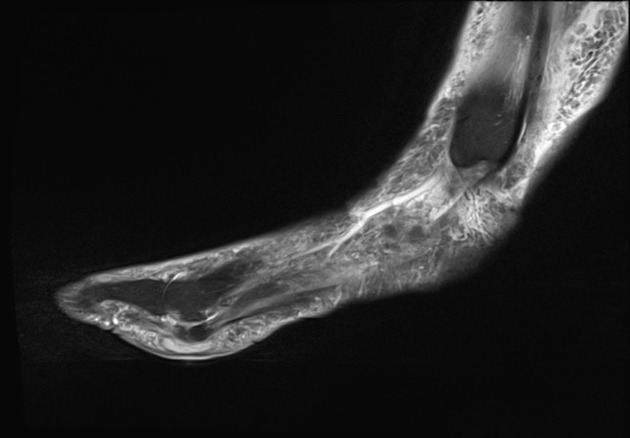
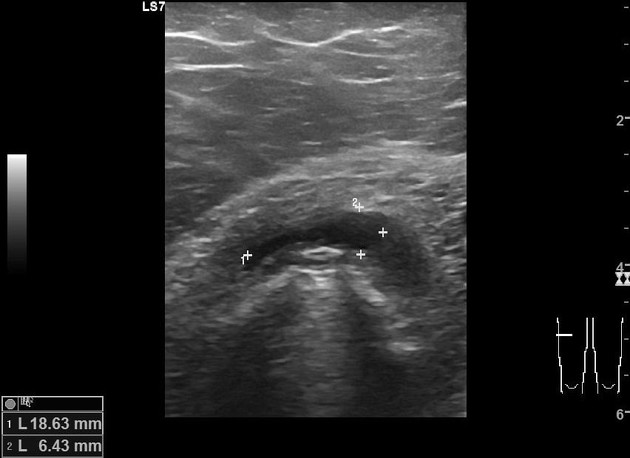
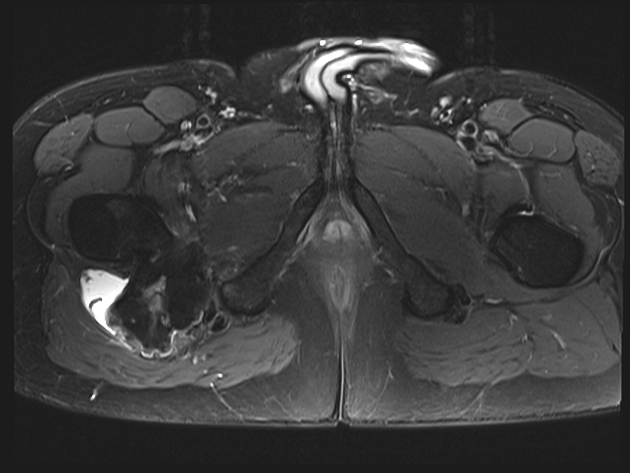



 Unable to process the form. Check for errors and try again.
Unable to process the form. Check for errors and try again.